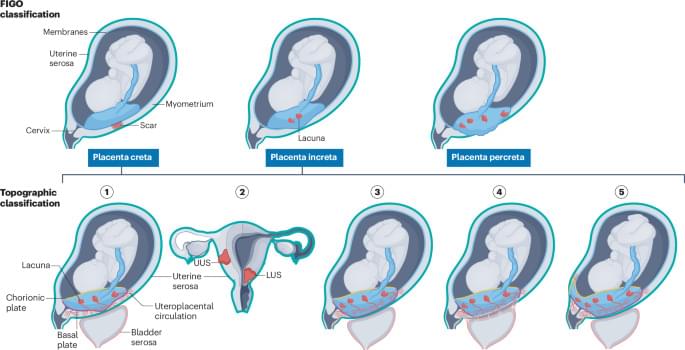Conditions can get rough in the micro- and nanoworld. For example, to ensure that nutrients can still be optimally transported within cells, the minuscule transporters involved need to respond to the fluctuating environment. Physicists at Heinrich Heine University Düsseldorf (HHU) and Tel Aviv University in Israel have used model calculations to examine how this can succeed. They have now published their results—which could also be relevant for future microscopic machines—in the journal Nature Communications.









